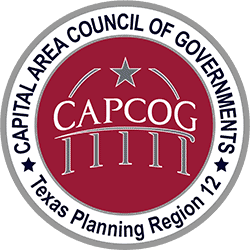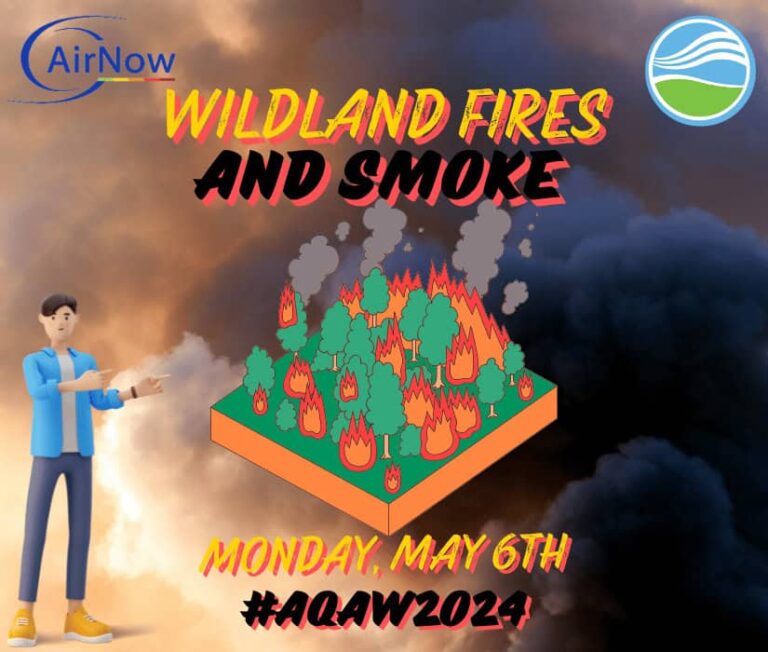CAPCOG and its newly created Clean Air Coalition Particulate Matter (PM) subcommittee are joined by an EPA subject matter expert to study and plan for reducing the amount of particulates in the air and decrease their related health risk.
“While our region’s air pollution levels are closer to violating federal ozone standards than they are to violating particulate matter standards, particulate matter has a more significant impact from a public health perspective,” said Andrew Hoekzema, CAPCOG regional planning and services director. “Higher PM levels lead to increases in cancer and death rates.” This committee with the help of Rich Damberg, an EPA Senior Policy Advisor specializing in PM air pollution and the national coordinator of EPA’s PM Advance Program, will help navigate the region to better air quality. “CAPCOG is honored to have Mr. Damberg on this committee and excited to learn from his expertise,” Hoekzema said.
Damberg’s participation shows EPA’s interest in supporting this regional effort. He also brings access to other agency experts and resources. For example, Damberg shared air quality modeling data from the EPA’s regional haze program that seeks to improve visibility in national parks. That data can be used to better understand urban air pollution as well, and the committee has used it to focus planning efforts and identify sources likely to have greater impacts on PM levels.
This planning effort is becoming more important as the region’s ozone levels have trended downward, but its PM levels have slowly increased. PM is the cause of the majority of days when region’s air pollution is considered a moderate risk or worse for people’s health. The EPA also has recommended considering tightening PM standards to levels lower than the region’s current air pollution levels, putting it at risk of violating the standard.
The subcommittee will develop an update to the region’s air quality plan by the end of 2021 with new emission reduction measures focused on PM pollution.




